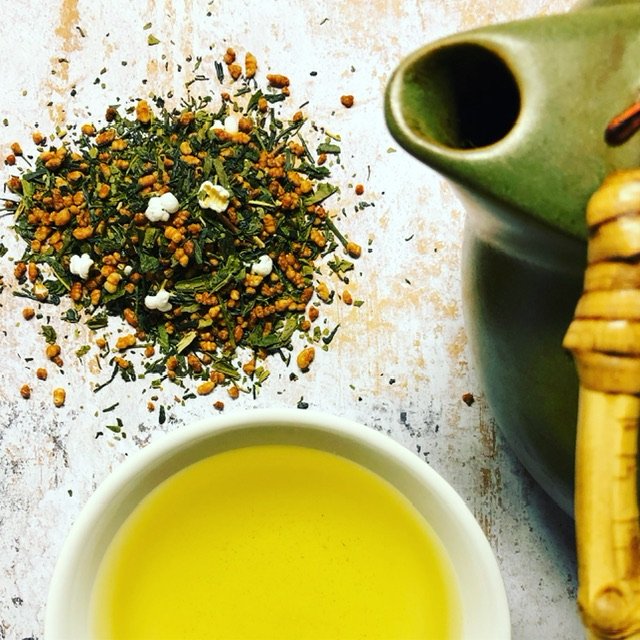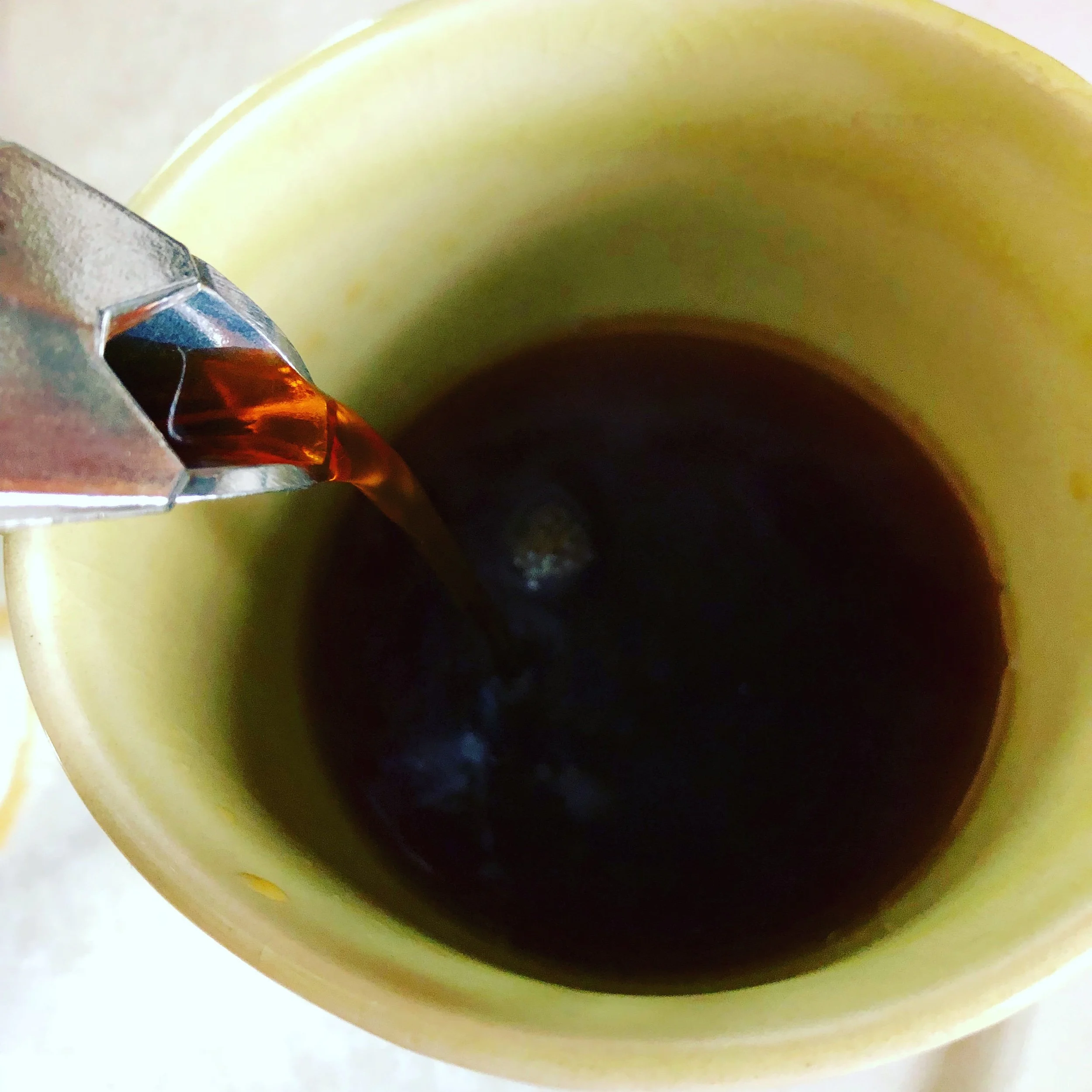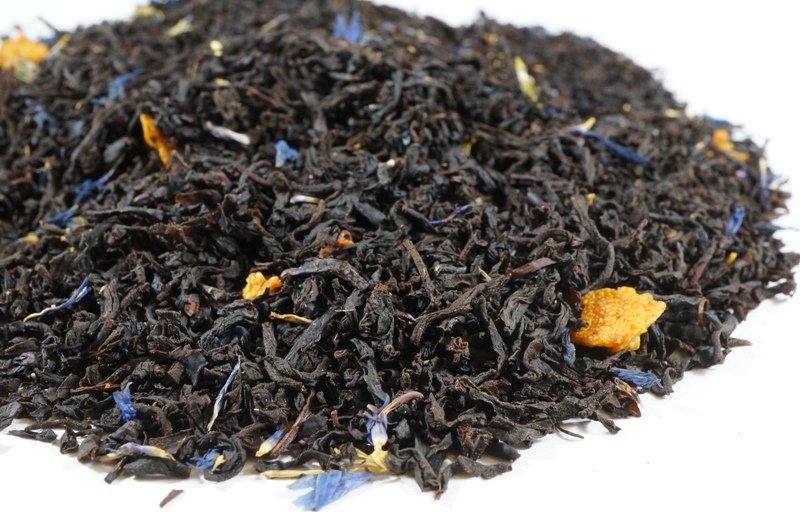Japan has experienced a long, complex history with the cultivation, production and consumption of tea. Japanese tea, which is the traditional green tea, has been consumed for centuries and is deeply rooted in the culture of Japan. It is an important part of the Japanese culture and is often seen in many different settings, from casual to formal, from highly traditional to modern.
The history of tea has deep roots within Japan, and it is said to have arrived from China in the 8th century, via a diplomatic mission from China to Japan. During the Heian period (794-1192) the cultivation of tea was encouraged by the ruling class, and by the Kamakura period (1185-1333) tea had become a popular beverage amongst people from all levels of society. In the 15th century and onwards, Japan experienced a big boom in the production and consumption of tea, with more recipes and growing methods being shared by tea masters. As the usage and cultivation of tea spread, so did its importance as a ritualistic and social practice.
The process of making tea developed into a highly artistic process, called the sencha ceremony, which is still practised today. This ceremony is still seen today in the traditional Japanese tea house, and involves the preparation of tea for a group of patrons, often accompanied by a light meal and forest bathing. Sencha tea is now an iconic feature of Japanese culture.
The goal of the tea ceremony is to take the knowledge found within the tea, and teach it to the students by upholding the traditional ways of making and guiding the patron through the whole tea process. There are many steps and forms to crafting tea which include the tea ceremony itself, the ordering of tea, understanding the kama (tea pot) and whisk, and, finally, the wiping of the kama. Tea production requires extensive knowledge and skill as artisans must gain experience in taste, color, and aromas so that they can confidently identify the right tea leaves to serve, as well as how to correctly brew the leaves for the best taste.
The Japanese are well known for their Tea culture and art, and tea production and culture have now become an important part of Japan's cultural and economic economy. With so many different types of tea to choose from, each with their own traditions and flavour profile, tea remains a popular—and important—cultural heritage for Japan to preserve and continue.
In conclusion, tea culture has deep roots in Japan, and it continues to be a popular and important tradition in modern times. The process of brewing tea is a highly artistic form of culture and art, with a long established ceremonial tradition. Tea has become not only an important part of Japanese culture, but also a significant part of its economy.
Sources
1. "Cultural Context: The Japanese Tea Ceremony." Tea Tea, Tea-Tea.co.uk, www.tea-tea.co.uk/the-japanese-tea-ceremony
2. Hagar, Robyn. "A Brief History of Japanese Tea." Japanese Green Tea Blog, Best Japanese Green Tea Japan Taste Journal, 10 Mar. 2015, japanesegreentea.net/japanese-tea-history/
3. Inoue, Ayako. "The History of Tea in Japan." Inside Japan Tours, Inside Japan Tours, 24 Apr. 2019, www.insidejapantours.com/blog/history-of-tea-in-japan/
4. "A Short History of Tea in Japan and the Japanese Tea Ceremony." Japan Guide, Japan Guide, 15 Oct. 2019, www.japan-guide.com/e/e2018.html



